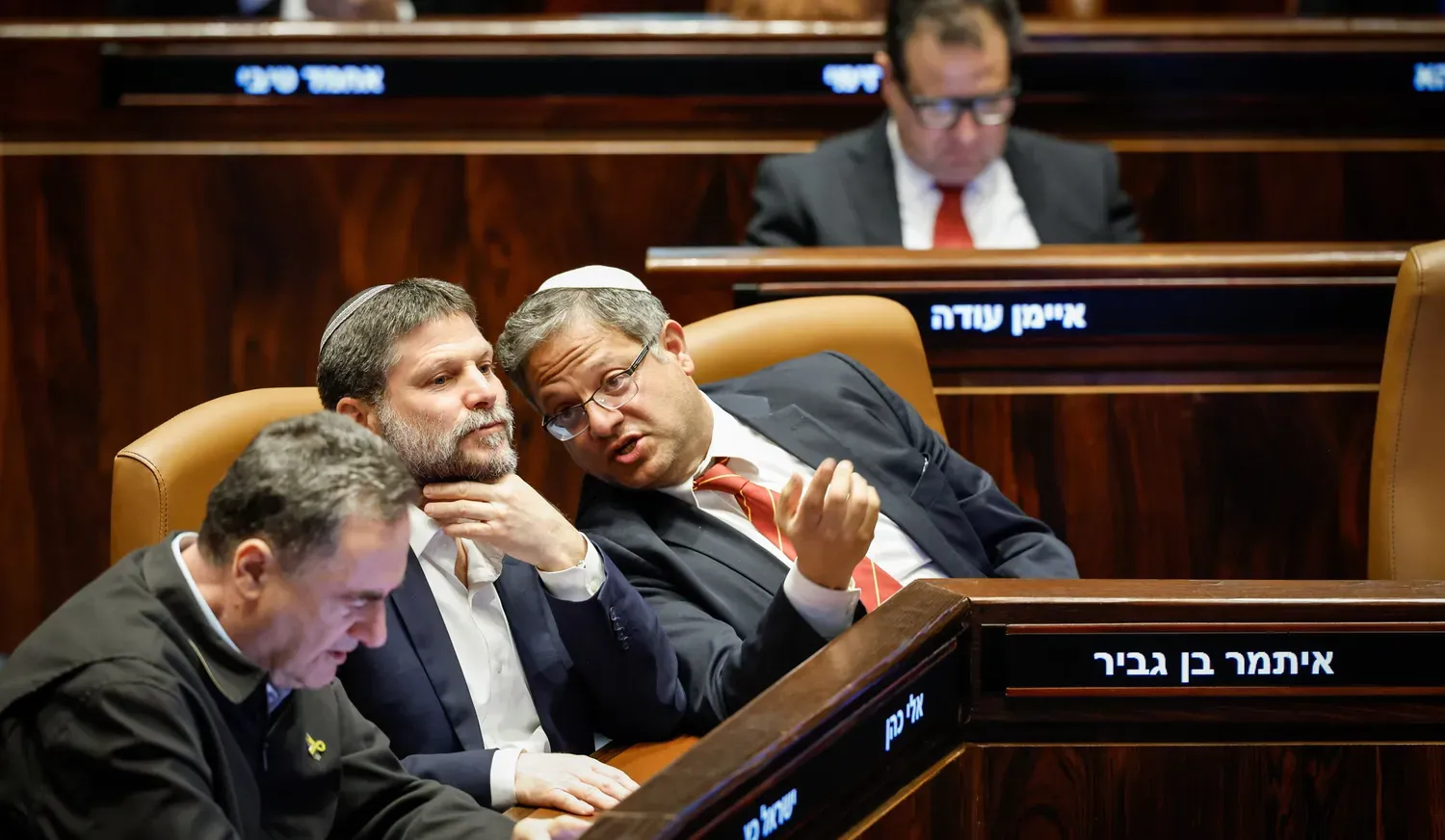Netanyahu’s Struggle to Sell the Hostage Deal to Far-Right Allies
Prime Minister Benjamin Netanyahu is navigating a complex political landscape as he attempts to secure a hostage deal with Hamas. While U.S. President Donald Trump has announced that Hamas has agreed to move forward with negotiations, Israel remains cautious, highlighting the many unresolved details of the agreement. A senior Israeli source indicated that the process will take time, emphasizing that it is not a straightforward matter.
One of the main points of contention is the extent of the withdrawal from Gaza. Hamas is seeking a larger withdrawal than Israel is willing to provide, while Netanyahu aims to maintain control over the Morag axis to protect Gazans in the southern Strip. Another issue involves the continuation of current aid distribution hubs alongside United Nations efforts.
Hamas has also proposed an “automatic extension” of the negotiation period beyond the 60-day window, which could limit Israel’s ability to continue military operations during talks. A source from a Persian Gulf state suggested that the deal could be finalized quickly, with teams set to travel to Doha and possibly Cairo to resolve these issues. However, Israel seems hesitant, indicating a different approach.
It is unclear what Netanyahu hopes to achieve by downplaying expectations. Is he attempting to hold firm on outstanding issues or using this as a tactic to manage his far-right allies, such as ministers Bezalel Smotrich and Itamar Ben-Gvir? Netanyahu has long portrayed the Gaza ground operation as a decisive campaign against Hamas, but now faces the challenge of justifying why the operation should stop after seemingly breaking Hamas.
The extensive leaks about security cabinet confrontations suggest internal tensions. IDF Chief of Staff Eyal Zamir is frustrated with the pretense that the aid distribution by the evangelical foundation has made a significant impact in Gaza. Smotrich and Ben-Gvir have criticized Zamir for not following instructions, leading Netanyahu to intervene and order a new evacuation plan for Gaza’s population.
This new plan will be presented to Netanyahu after his return from Washington, despite the expectation that he will sign a cease-fire that freezes the situation. To appease his right-wing base, Netanyahu appears willing to offer a new narrative, even if it means undermining Zamir.
If there are no delays, Netanyahu is scheduled to leave for Washington on Sunday afternoon. Under the agreement, Trump will personally announce the cease-fire, fulfilling Hamas’ demand. This is part of a broader guarantee to ensure Israel commits to serious negotiations, avoiding past mistakes where terms were unilaterally imposed.
Another condition accepted by Israel is the release of only two hostages on the 50th day of negotiations rather than in the first week, ensuring Israel’s commitment to the process. As of Saturday afternoon, Trump and Netanyahu were set to meet on Monday, seven hours before evening news broadcasts in Israel, with no public news conference planned.
While everything could change, Trump and his team aim to finalize the cease-fire and move toward broader peace agreements in the Middle East. It is unlikely that the Morag axis will delay progress. Behind the scenes, Qatar and the U.S. continue discussions with Hamas regarding arrangements for ending the war, addressing potential obstacles such as exiling Hamas leaders and disarmament.
Arab sources report progress on these issues, suggesting that Hamas understands its position and is unlikely to raise significant objections regarding “Palestinian unity” in managing Gaza. These developments send signals to the U.S., encouraging them to advance quickly toward a cease-fire.







